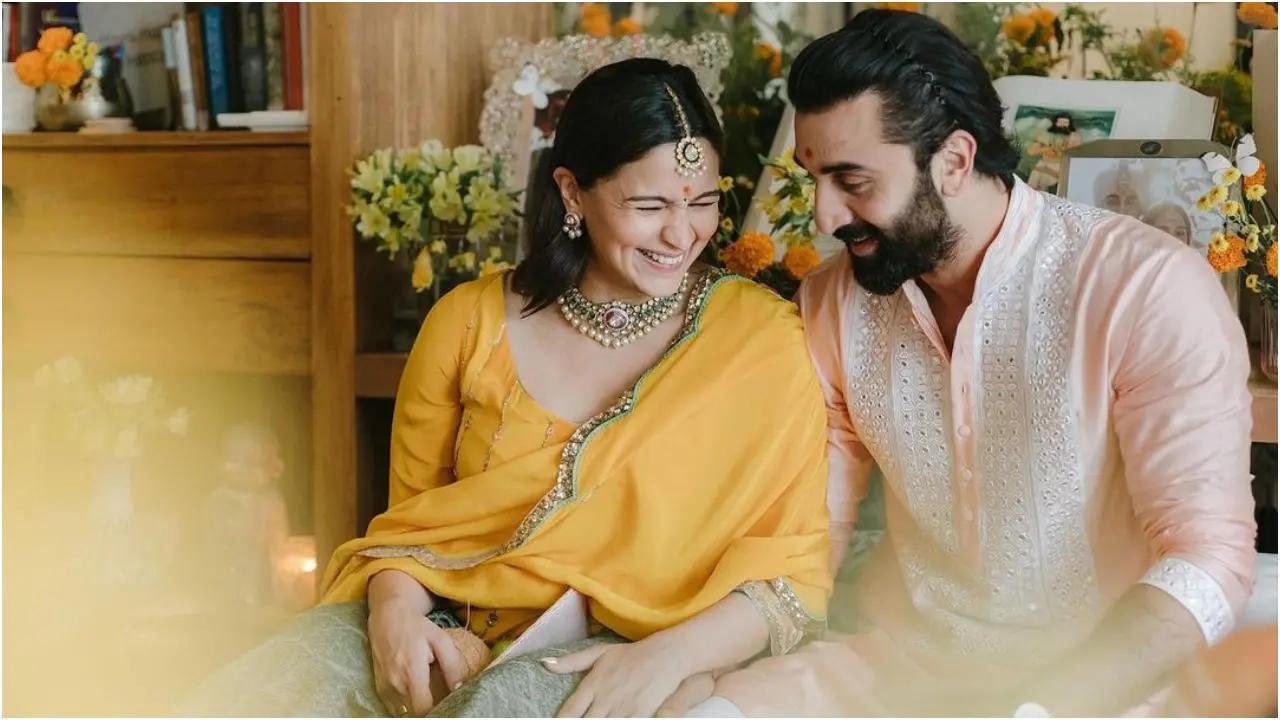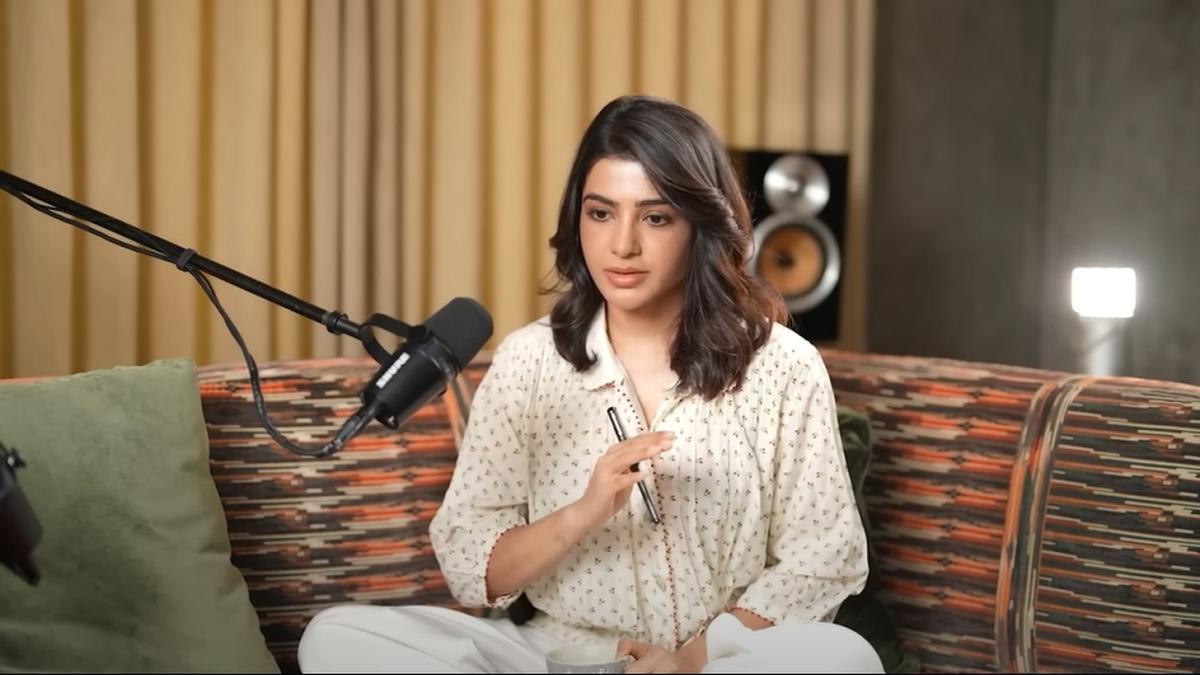
Amy Herman, a distinguished lawyer and art historian, has developed an innovative training program using works of art to enhance observation, analysis, and communication skills. Known for her bestselling book, “Visual Intelligence: Sharpen Your Perception, Change Your Life,” which has graced the New York Times and Washington Post bestseller lists, Amy has crafted a unique method that has piqued global interest. Recently, she graced Bengaluru’s Museum of Art and Photography (MAP), where she holds a board membership, to conduct sessions on her groundbreaking Art of Perception program.
During her visit, Amy presented her concept of “visual intelligence,” a method she describes as the ability to discern details that often go unnoticed by others, gaining clarity through diverse perspectives. “I teach people to look at works of art to help sharpen their visual intelligence, to see what should be there and isn’t, and to understand the value of multiple perspectives. Art is the vehicle that we use to do that,” she explains.
Amy’s journey from a legal practitioner to an educator in visual intelligence is nothing short of remarkable. Initially uninspired by her legal career, she perceived immense value in legal education intertwined with visual analysis, leading her to a novel path. Launched in 2000, her Art of Perception program tailors art observation techniques to suit various professional groups such as nurses, intelligence officers, and military personnel. She curates specific artworks to address the unique challenges faced by each group, while the fundamental methodology revolves around improving communication skills.
Despite their adeptness, most participants in Amy’s sessions are seasoned leaders seeking novel insights. Her principle of teaching individuals to “look differently to see better” enables them to examine situations from fresh angles, thus refining their communication abilities. Amy’s expertise has been sought after by top-tier organizations, including leaders at the White House, NATO Defence College, Scotland Yard, New York City Police Department, the FBI, Interpol, the French National Police, and numerous Fortune 500 companies.
In the formative stages of her program, Amy encountered skepticism, particularly from police officers and other professionals who were dubious about the relevance of art to their work. However, by learning to observe and interpret deeply, many found that their enhanced perception significantly improved their relationships with partners, children, and family members, providing a richer connection.
Amy sees the study of art as a “potent reminder of human creativity and the potential we all have to solve problems and excel in our work.” Her unexpected foray into writing began on a flight in February 2012. A chance encounter with a literary agent, who was intrigued by Amy’s work, resulted in her declaration, “I’m going to be your agent. You’ll write a book for me, and I’ll get it on the bestseller list.
.” Skeptical at first, Amy has since authored three bestseller books that have been translated into 14 languages.
Amy’s connection with Bengaluru’s MAP came through Abhishek Poddar, MAP’s founder, who, after reading her books, invited her for a coffee meet in New York. Amy recalls, “I didn’t know much about Indian art before I joined the International Board at MAP, but looking at art that was created in India and by Indian artists, helped me see the world through their eyes,” she confesses.
Among the diverse artwork at MAP, two photographs particularly resonated with her. “One was by Fazal Sheikh, who took pictures of widows that I found simply incredible. The other was by Anoli Perera, who photographed women with wigs over their faces; they were stunning.” Amy advocates visiting museums and art exhibitions for two main reasons: “Art highlights human creativity and reminds us of our potential. Museums also offer a change of environment, which can shift your perspective and thinking.”
Despite her admiration for digitized museum collections, Amy harbors mixed feelings about AI-created art. While she appreciates the accessibility of digital art, she remains skeptical of the creative authenticity of AI-generated pieces. Conversely, she holds photography in high regard for its ability to capture varying views of the world. “A photographer’s perspective shapes the images we see, and photography can help us reframe our view of the world. We all have a camera lens in our eyes — when we see that photography can capture so many different things, it reminds us to think about what we are capturing and what we are seeing.”
Amy draws an intriguing parallel between Johannes Vermeer’s 1655 painting, “Milkmaid,” and a 2021 image of an elderly woman in war-torn Ukraine, noting that despite the centuries separating them, they evoke a sense of timeless continuity. “I believe art is the greatest chronicler of our world — war, economy, sickness, celebration, mankind. All this has been around since the beginning of time. Art is a window to the world and helps us explain things we can’t otherwise.”
Amy Herman’s pioneering work continues to inspire, demonstrating the profound impact of art on improving critical skills and fostering a deeper understanding of the world around us.










